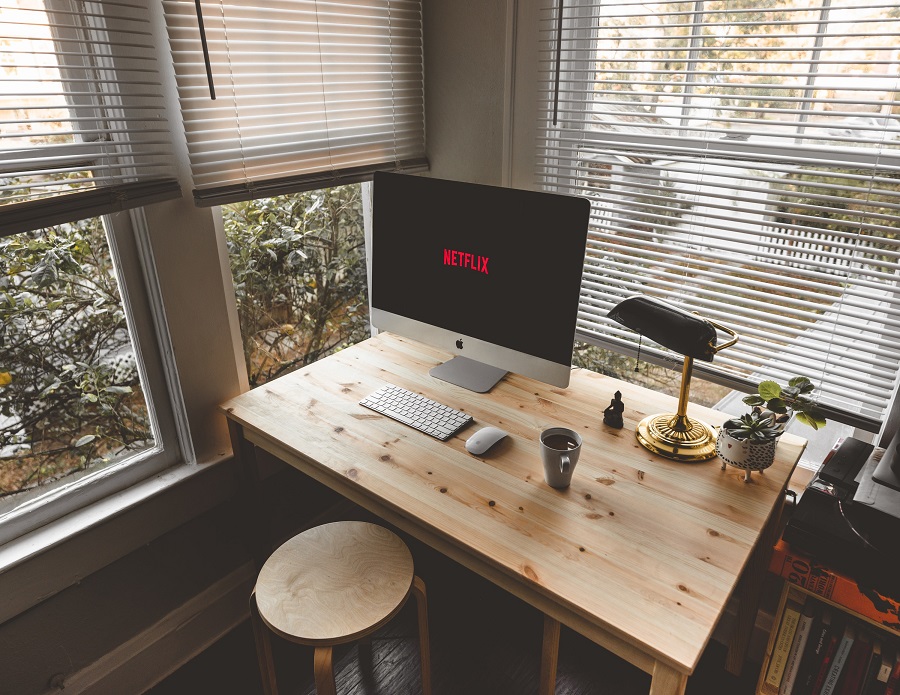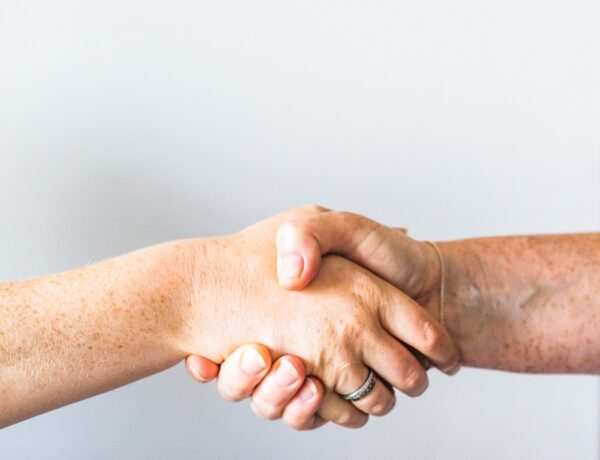Watching film and reading a book is not anymore a hobby for new generations.
This is not like a “Which one is better? Reading or watching?” blog post. The aim is to evaluate the trending streaming platforms such as Netflix, Amazon Prime and also e-book reading platforms like Kindle. At first glance, it may be seen irrelevant to discuss them together but let’s see how it goes… 🙂
Personalized watching recommendations are very important values for Netflix and Amazon Prime audiences.
However, which parameter do these recommendations based on?
These days, the machine learning algorithm manages the watching experience in these platforms. View & search history, viewer ratings, user’s device model, time of the day are some parameters to help for personalization. It is essential to personalize it otherwise, they can’t show their entire portfolio at one time.
Let’s look at what Netflix says:
Your interactions with our service (such as your viewing history and how you rated other titles), other members with similar tastes and preferences on our service, and information about the titles, such as their genre, categories, actors, release year, etc.
In addition to knowing what you have watched on Netflix, to best personalize the recommendations we also look at things like:
The time of day you watch, the devices you are watching Netflix on, and how long you watch.
In addition to these parameters, what about extracting some information from below questions?
- Which parts of the film skipped?
- How many times does the user run it a forward movie?
- Repeated which parts of the film repeated at most?
- What is the main theme in there? Is there any classification according to these parts?
- Or do they only give you the next piece according to your previous watch?
Real personalization needs more than answering these questions. Unfortunately, in my trial subscription, it seemed they considered insufficient conditions.
What about the books?
Actually, for the reading experience, it can also be moved on more steps further. Analytics in reading experience can be more beneficial for the user. Personally, I try to overview my reading experience by more than counting the number of them. Highlights, notes, types of the book could be parameters for analytics. Also, you can use them as inputs for different tools. For instance, a feature of Readwise can provide its subscribers to e-mail random highlights notes every day.
On the other hand, it may be more comfortable to continue from where you paused with e-books and also to finish two books in sync, compared to finishing two movies… Isn’t it necessary to enter that emotional mood in film?
My Adventure
Moreover, reading feels more enjoyable because I am happier when I take notes. According to the notes I took, I can choose my next book, and even I do research on a topic I had never had in mind and choose the following book on that topic. For example, while I was reading the Power of Now book, I wanted to further detail the subject of personal habits, making decisions and then I started the Atomic Habits book. While reading this, the note I received in part of the book took me to the book What I Talk About When I Talk About Running (you can find my book notes here)
This adventure made me more satisfied than what Netflix provides, although it consumes more energy and time. More personalization and being involved in this process made me happier… So I started with one book and finished with 3 books … Even though it was a long process … Since I forgot the names of the books I read and the movies I watched, I have to repeat it to remember it several times. It happens that I can’t even remember the most important parts of the movie scenes and books.
To solve this problem for reading, I bought the Kindle Paperwhite e-book reader at the end of 2019. I can say that the e-book reader has significantly improved my reading performance. Before, I was bored when I came to a section of an interesting book that was not interesting to me. As a result of this, I delayed starting where I left off. This made me finish the book in a long time. I can say that I easily overcame this problem on Kindle. As soon as I feel bored, I try to spend my reading experience efficiently by switching to a different book. Therefore I can maintain the continuity of reading the book regularly. I even noticed that my feeling of boredom decreases in the non-interesting parts.
Conclusion
Netflix and Kindle are the tools that really take the reading and watching TV experience to new visions… They are not new, but two important areas where digital transformation has actually been implemented successfully without high resistance…
Leading products and services and their competitors in these areas are trying to reach more people with advertising marketing activities by maintaining their current standards instead of bringing new features that will make a dramatic change in user experience. Being aware of what you read and applying its highlights to your life is now easier with the innovative digital tools.
On the other hand, large-scale platforms such as Netflix added a new dimension to our social relations. Tweeting about the Netflix series we watched, sharing Instagram stories, talking about the new Netflix series episodes with our friends at dinner, coffee breaks are the topics that don’t have many alternatives anymore. Nowadays, people can determine their surroundings, their friends, according to what they watch on Netflix…
Also, reading is a more individual activity, and watching is a more society dedicated. Therefore, there are theaters and cinema salons for audiences and individual silent libraries for reading, right…?




